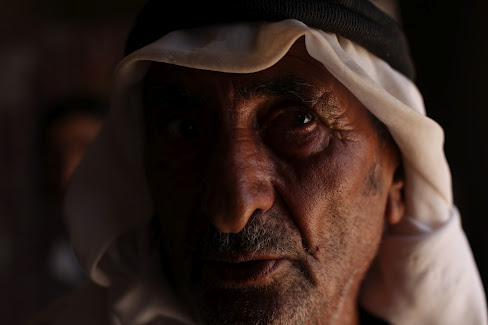Tag: Palestinian Authority
-
Hit-and-run settler kills 15 goats
By Markus Fitzgerald 20 August 2012 | International Solidarity Movement, West Bank On Monday, August 6, Mershid (19), son of Muhamad Abdalah Dawabsheh, checked for oncoming cars and started to cross the road between Nablus and Ramallah with his herd of goats. The time was approximately 5 p.m., and he was leading the herd towards the…
-
Palestine: Finding the Will to Resist
By Abir Kopty 4 June 2012 | Al-Akhbar English During the latest wave of hunger strikes, many Palestinian movements emerged in support of the strikers’ struggle. It is clear that there is persistent action on the ground, but it is still limited to the active circles connected to the families of the prisoners. At the…
-
Day 6: DCO overrules Qordoba school
18 October 2011 | International Solidarity Movement, West Bank On 18th October 2011 teachers from Qordoba school stood in protest at checkpoint 56 for a sixth day of resistance against the increased ‘security’ measures imposed upon them by the Israeli occupying forces. In the past week this peaceful protest has been met with an alarmingly…

